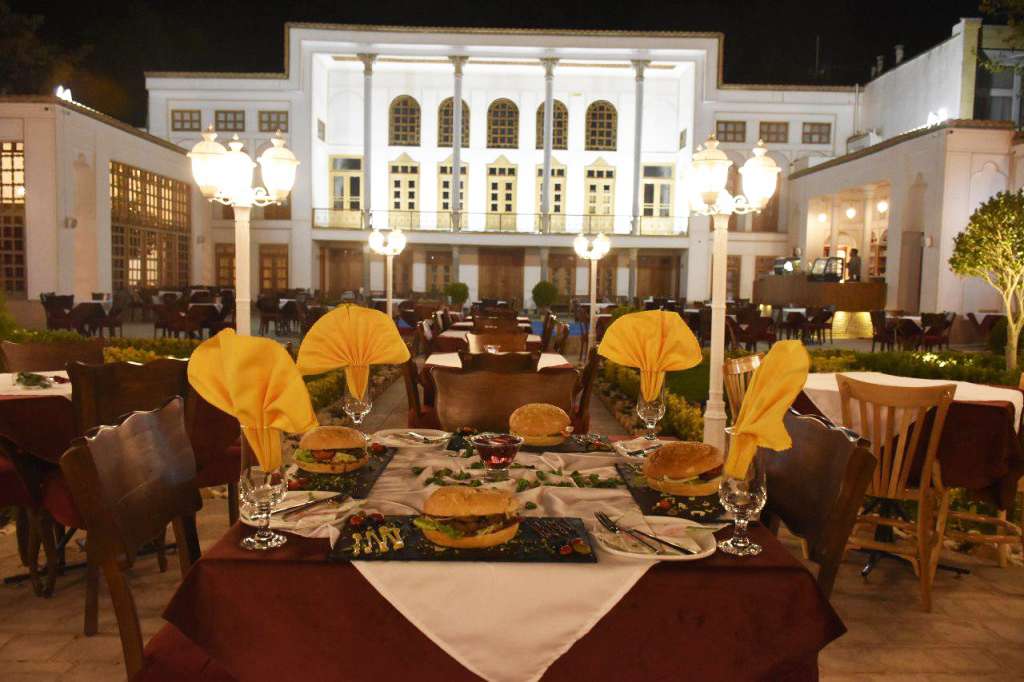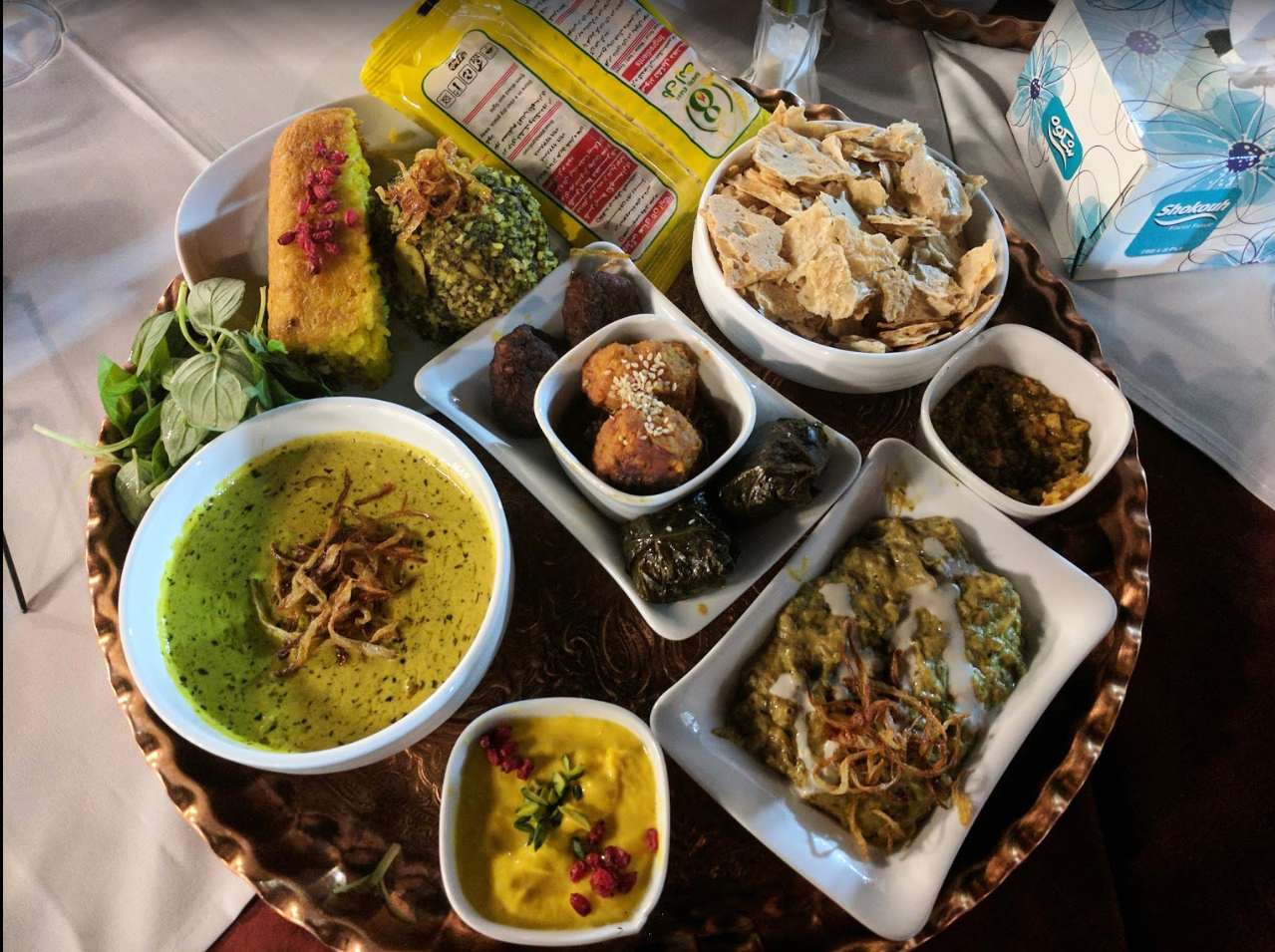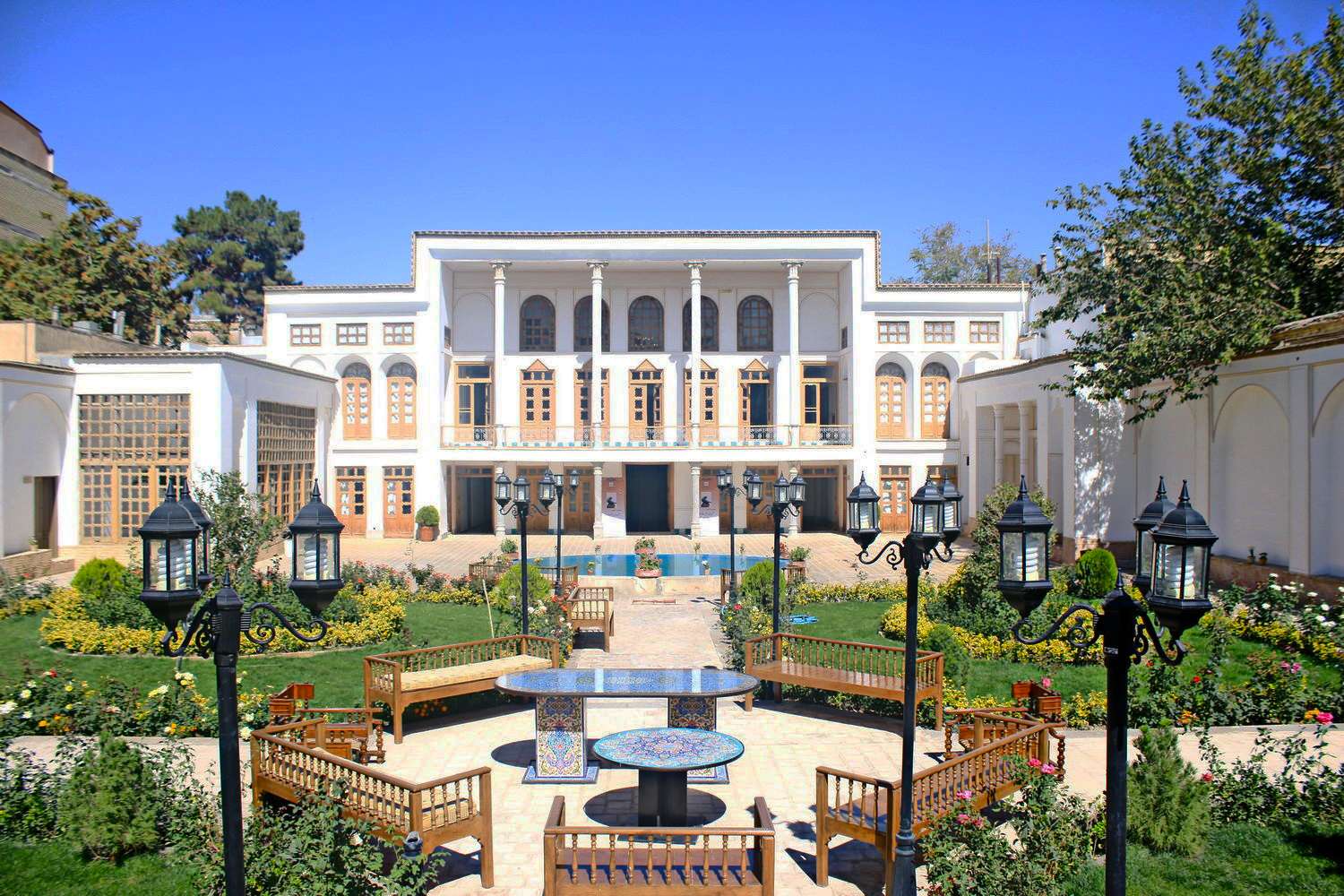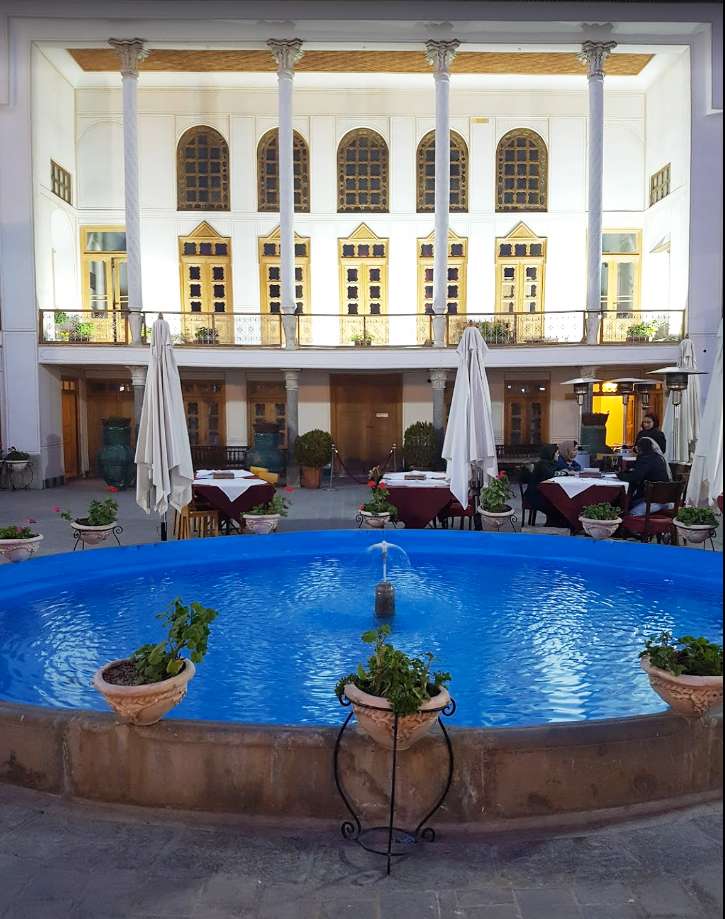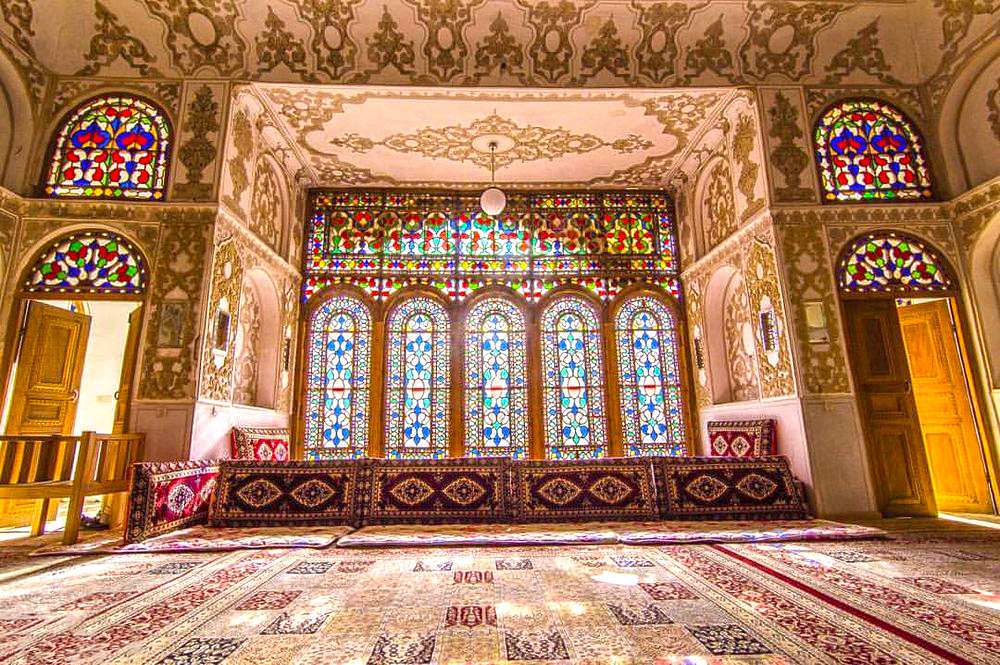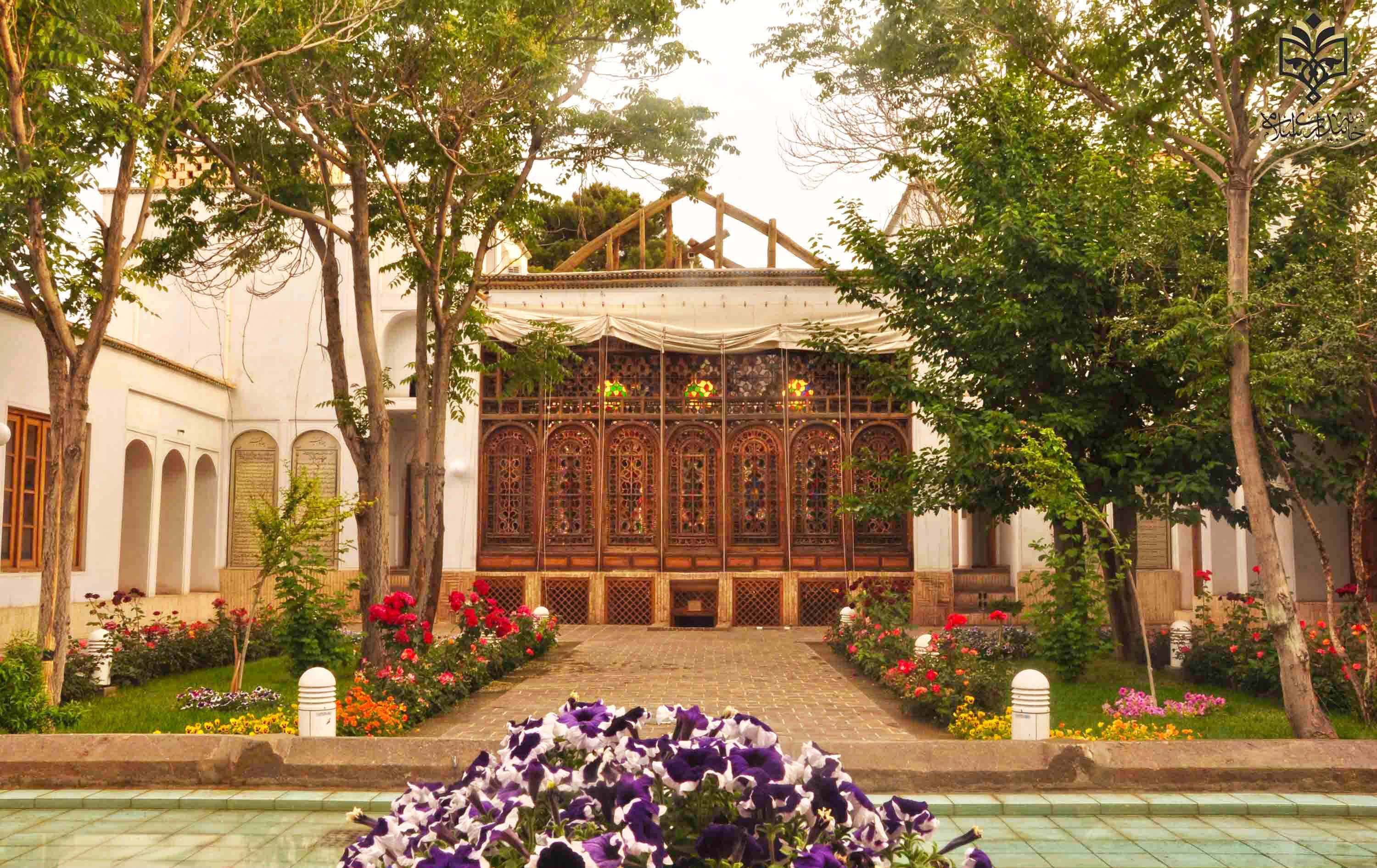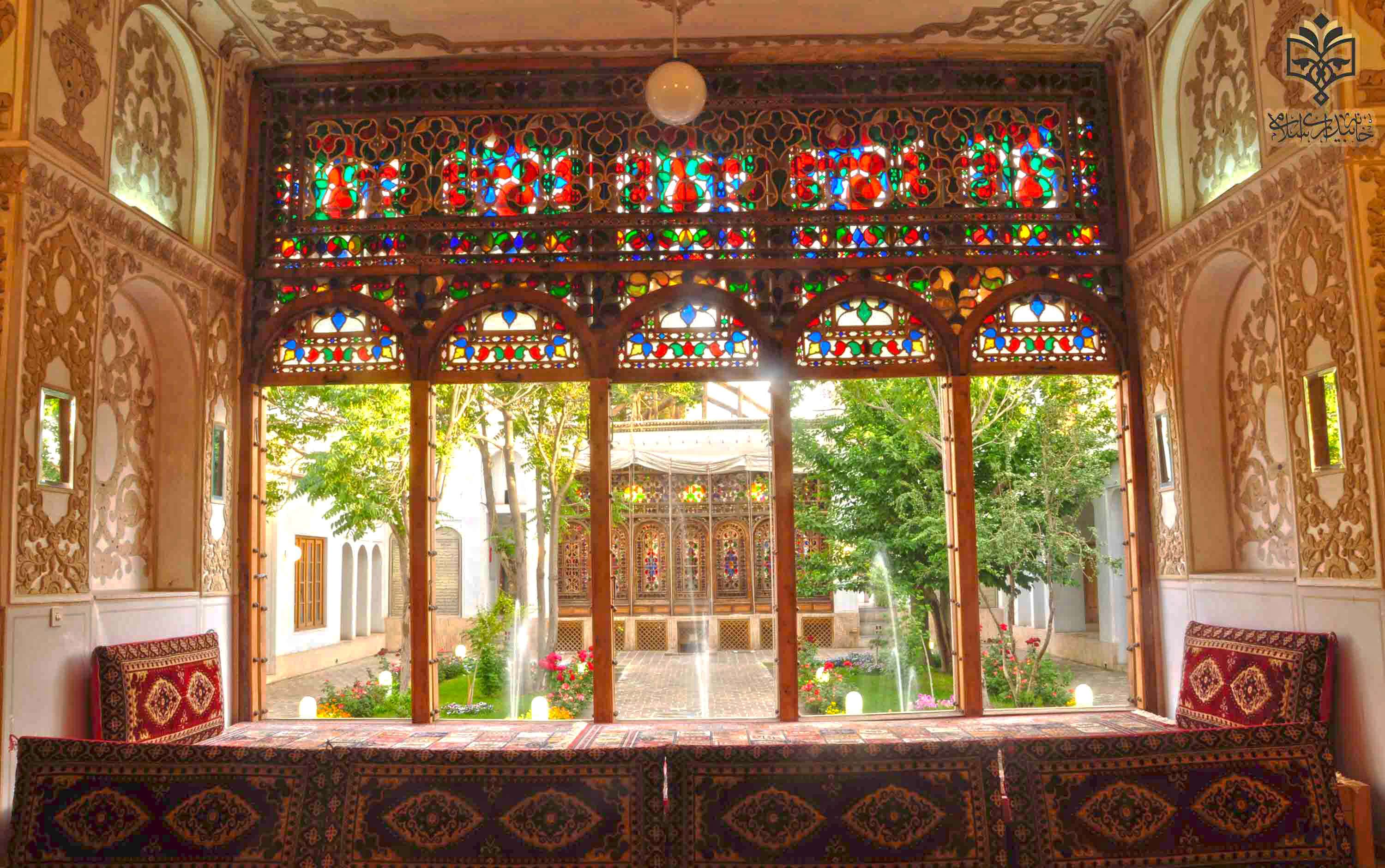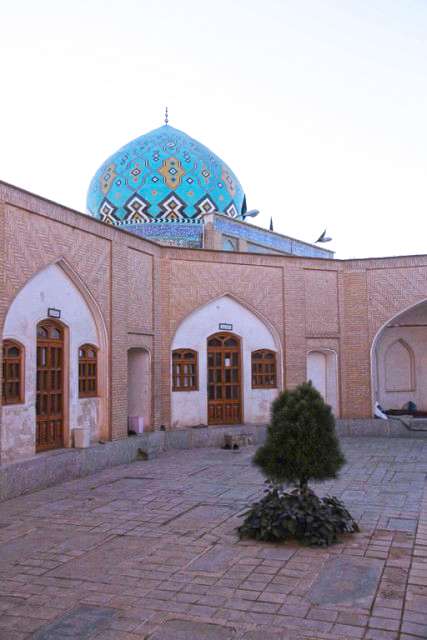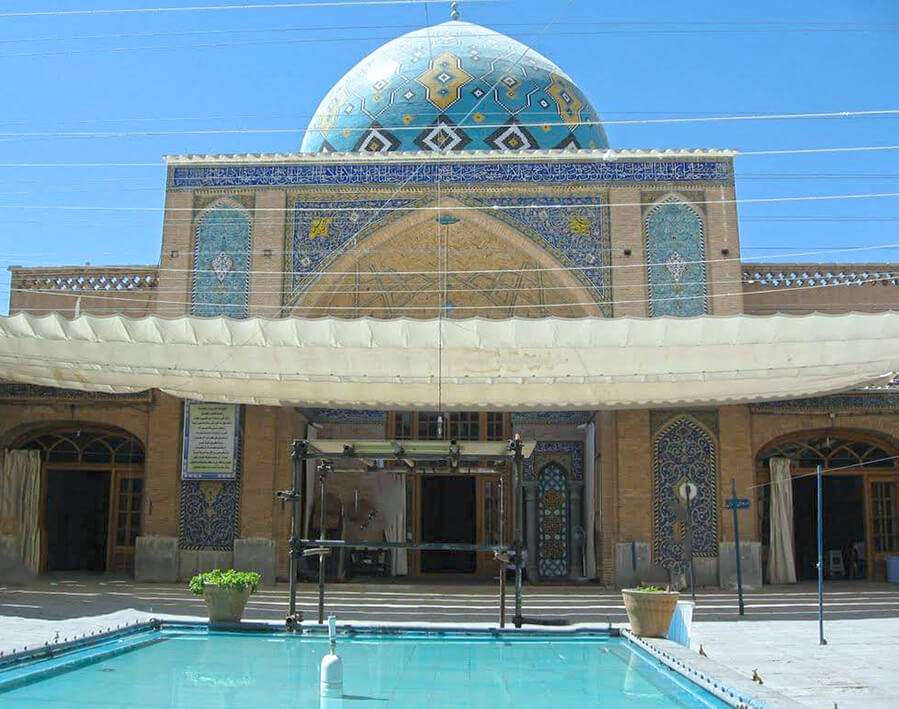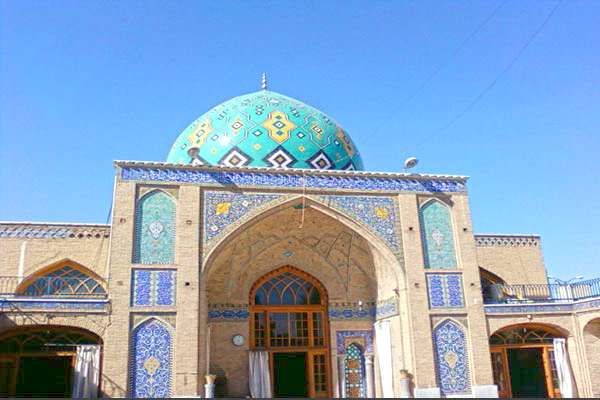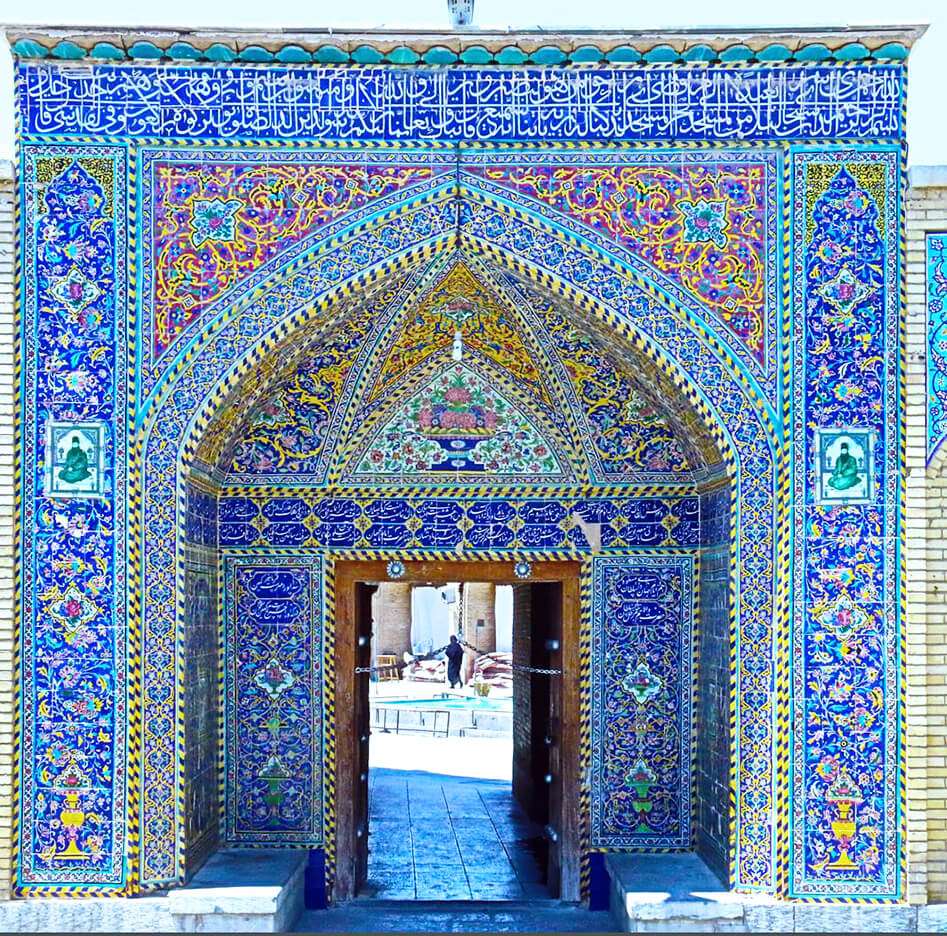5 Top Places of Qajar Era in Isfahan
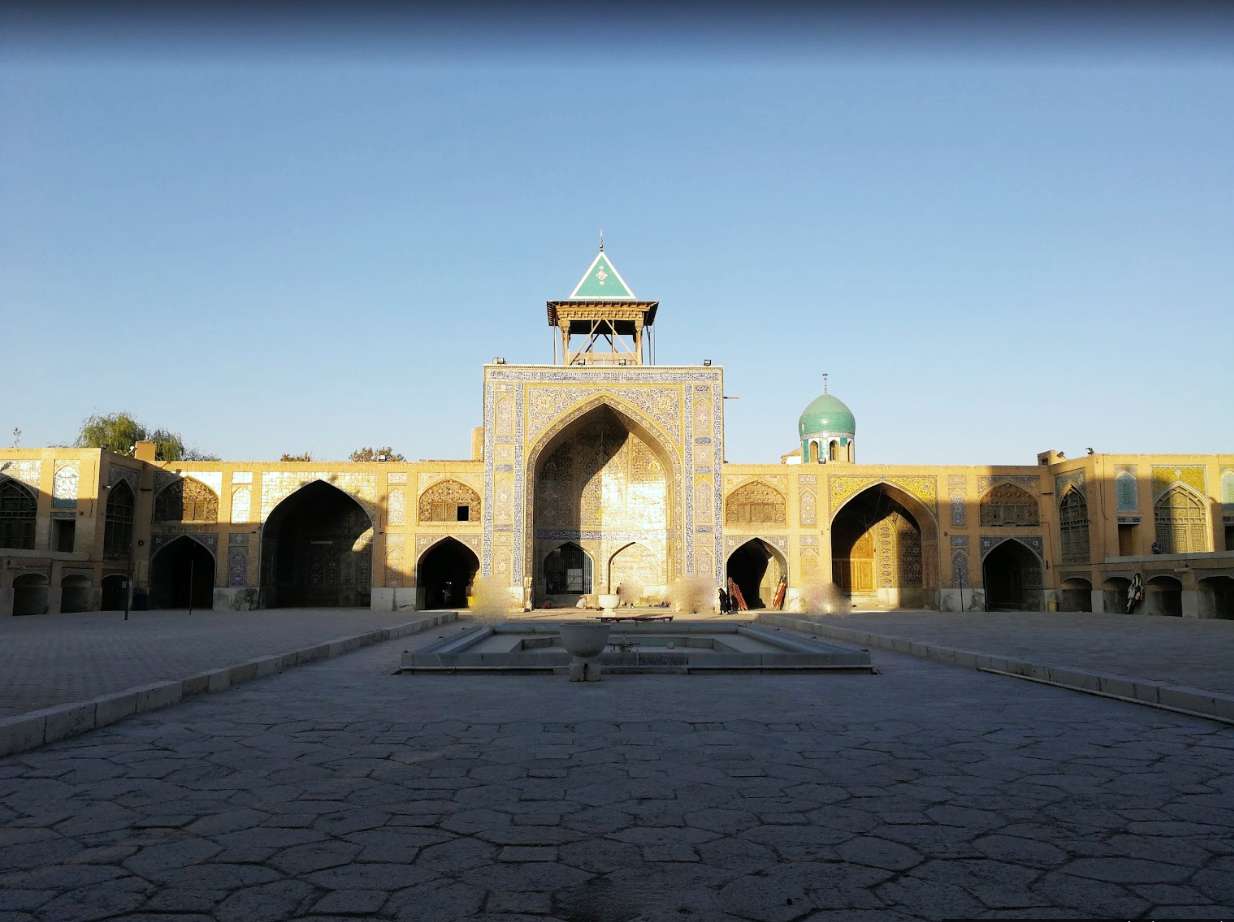
- ThemeArchitecture/ Religious and Epic
- CodeIRRS63
- Duration3 hr(s) and 30 min(s)
- Best TimeSPRING | AUTUMN
Visiting the epochal monuments of Isfahan dating back to Qajar period:
- Magnificent Seyed mosque that is one of the masterpieces of Qajar era in Isfahan;
- The 19-century mosque of Rahim Khan in Taleqani street;
- The historical house in Bab al-Rahmat Street which is converted to Houger café;
- The spacious house of Mashrouteh, once was the gathering place for people of Isfahan during the constitutional Revolution;
- The 19th-century Rokn al-Molk mosque and school adjacent to the historical cemetery of Takht-e Foulad.
Photos of the 5 Top Places of Qajar Era in Isfahan
Explore The Route
5 Top Places of Qajar Era in Isfahan
Placed at the center of Iranian plateau and thanks to its geographical position, fertility of soil and abundant water resources, Isfahan was endowed with relative security and development during various dynasties. In the Safavid period, many building campaigns were inaugurated in Isfahan, turning it into one the grandest cities of the world. However, the prosperous capital of Persia during the Safavid rule lost its status as the political and commercial center of the country in the Qajar era. Due to the civil wars and tribal struggles over power, started in early 18th century, the city witnessed much destruction. In the Qajar period, especially during the reign of Zell al-Soltan, the eldest son of Naser al-Din Shah and the governor of Isfahan, many magnificent buildings, gardens and streets representing the glorious days of the Safavid Isfahan were ruined. Most of the travelogues written by foreign travelers, architects or merchants who visited Isfahan in early Qajar period mentioned or depicted spectacular relics of the preceding periods which were completely ruined. Some examples of the ruined palaces are: Ayneh-Khaneh, Namakdan, Haftdast, Talar-e Jahan Nama and many others.
The type of architecture developed during the Qajar period was partly an imitation of the preceding Safavid architecture and partly absorption of western elements and influences. The Qajarid monumental buildings boast a more opulent style in interior decorations by using intricate mirror works, European-inspired frescoes, stucco and stained-glass windows called Orosi. The ornamental techniques like polychrome tiles, the use of unconventional colors like pink in tile-art decorations, and Gahveh-Khanei paintings on wood and plaster were also practiced by the Qajarid artists.
Undoubtedly, Qajar epoch is considered as the golden era of magnificent houses. The houses and the mosques erected in this era in Isfahan are among the prominent examples of Qajarid art and architecture.
Highlights
Duration : 30 mins
Point Type: STARTING
(Masjed Seyed)
Seyyed mosque, a 19th –century religious building with an area of 8075 square meters, is located on a street with the same name. Historical accounts maintain that the land of the mosque was bought in the Safavid era, during the reign of Shah Sultan Hossein, but its construction was kept on hold because of the Afghans’ invasion. Later, during the reign of Mohammad Shah Qajar, the mosque was commissioned by Hojjat al-eslam Shafti, a Qajarid wealthy religious figure. The construction started in 1825 and the whole process of constructing and decorating took 130 years. This is the fourth congregational mosque and the most...
Duration : 30 mins
Point Type: STOP OVER
Rahim Khan mosque is one of the biggest mosques in Isfahan, dating back to the Qajarid era. The construction of this four-porch (ayvan) mosque started in 1873, and completed in 1887. The mosque was built by several founders. The first one was Mohammad Hassan Mojtahed Isfahani. Then, the construction of the mosque continued by Mohammad Rahim Khan Biglar Beigi, and his two brothers Mohammad Karim Khan and Mohammad Hossein Khan. It is believed that Mohammad Rahim Khan Biglar Beigi, the person after whom the mosque is named, is buried in this mosque. During his life, Rahim Khan commissioned other buildings in 15 MIN(S) BY WALKING
Duration : 1 hr(s)
Point Type: STOP OVER
Dehdashti House
Dehdashti house was originally built in the Qajar era (1789-1925), but the major renovations belong to the Pahlavi period (1925-1979). And, as the history of the house continued, the Cultural Heritage Organization bought the house from Dehdashti family after the Islamic revolution and turned it into a restaurant.
The house is mainly made of adobe, brick and wood. It occupies an area of 1000 sq.m and holds ten serving rooms. The most conspicuous part of the house is located on its northern wing, encompassing a hall in the middle and two rooms on each of its sides. The main room of the house, known as Shah Neshin, also seats at the rear part of the above-mentione...
Duration : 30 mins
Point Type: STOP OVER
Mashruteh House was the house of Noor Allah Najafi Isfahani, the political figure who led people of Isfahan during the constitutional revolution, in the early 20th century. About a hundred years ago, it functioned as a consultation place where religious, cultural, and political activists used to gather to make decisions about the liberal demands of the country. The house has been converted into the Museum of Constitutional revolution, showcasing documents, pictures, and wax figures of the constitutional revolution.
Along with the historical aspect of the house, its architecture is also remarkable...
Duration : 1 hr(s)
Point Type: ENDING
The 20th-century mosque of Rokn al-Molk is located on the edge of the historical cemetery of Takht-e Foulad. It dates back to the reign of Mozaffar al-Din Shah Qajar and it is commissioned by Rokn al-Molk, the vice-governor of Zell al-Soltan. It is recorded that the construction of the mosque had been started in 1901, and finished in 1906. The mosque also comprises the resting place of Rokn al-Molk and a cistern.
The mosque is mostly distinguished by its exquisite tiles with the patterns of birds and flowers and the use of pink color, drawing a line of similarity with Try to visit Seyed mosque and Rahim Khan before noon, and go to have a lunch in Dehdashti house (Houger Café). You can sit in the courtyard or inside the building, and enjoy Persian dishes and snacks in a lovely place with friendly staffs As Mashrouteh house will be closed at 2:00 PM on Thursday and Friday, so you can first visit Mashrouteh house and then go to Houger Café. The café is open till 10:00 PM. Important Information
Cost Info
Additional Info
Things To Do In Isfahan
Tours In Isfahan
Related Routes
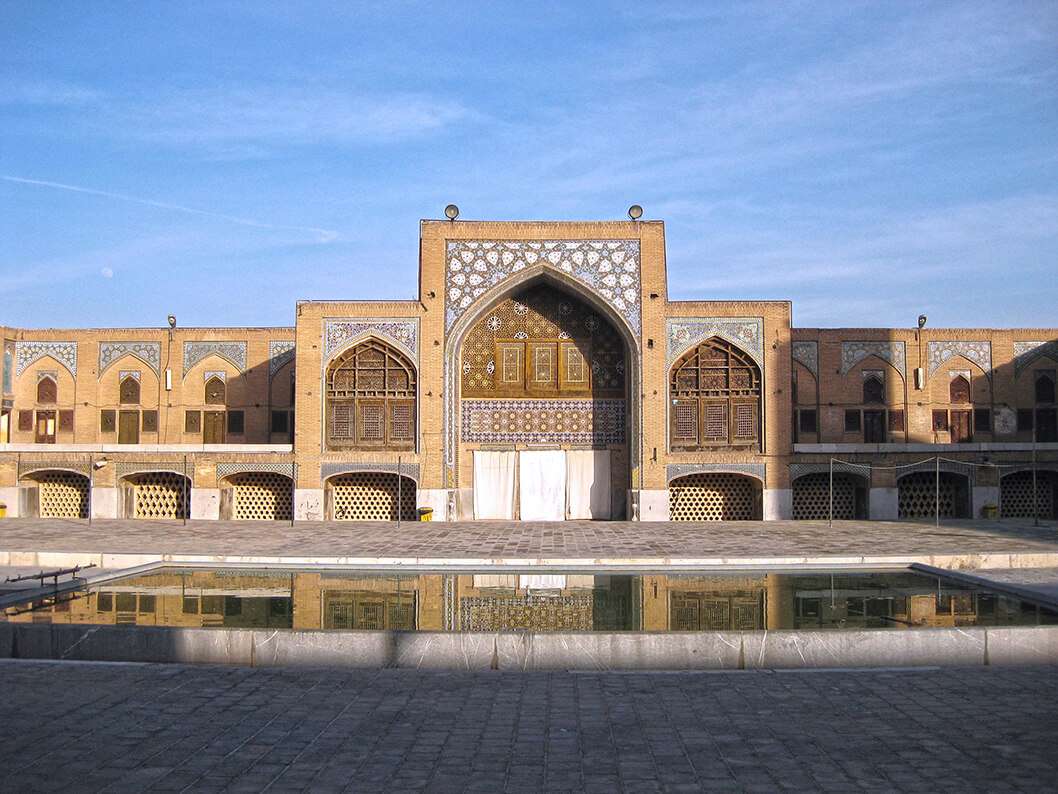
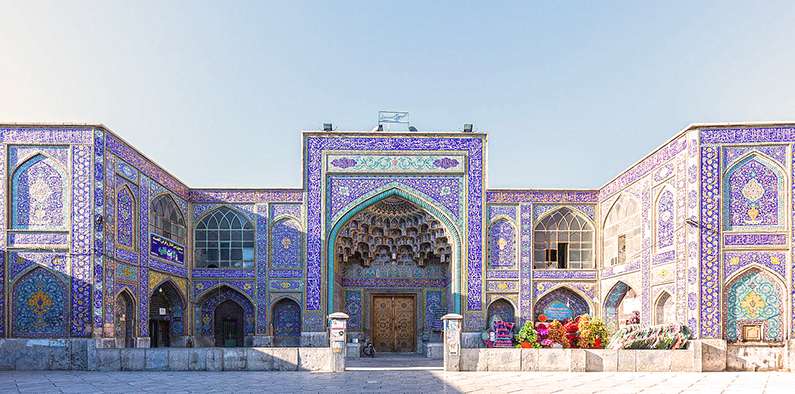
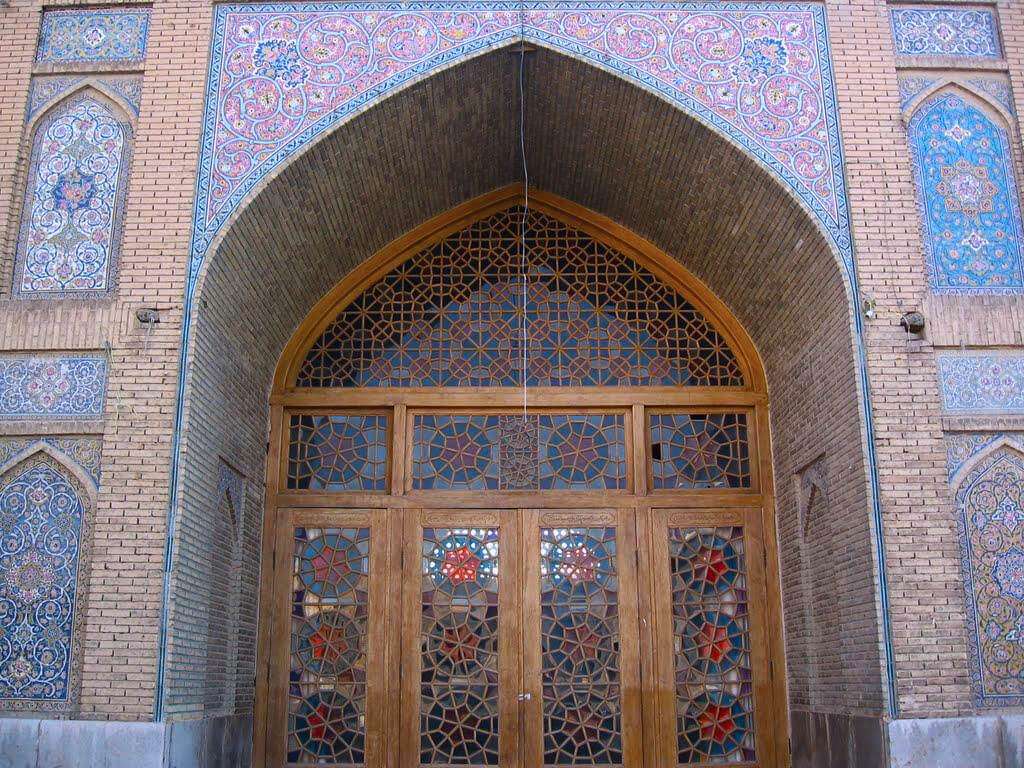
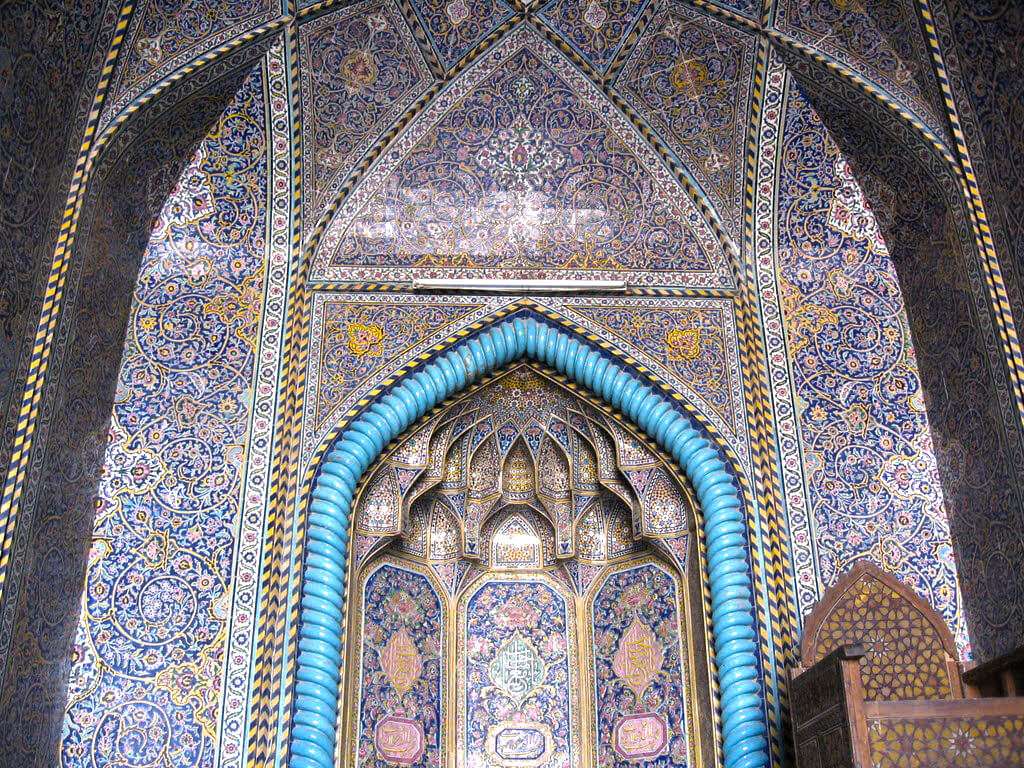
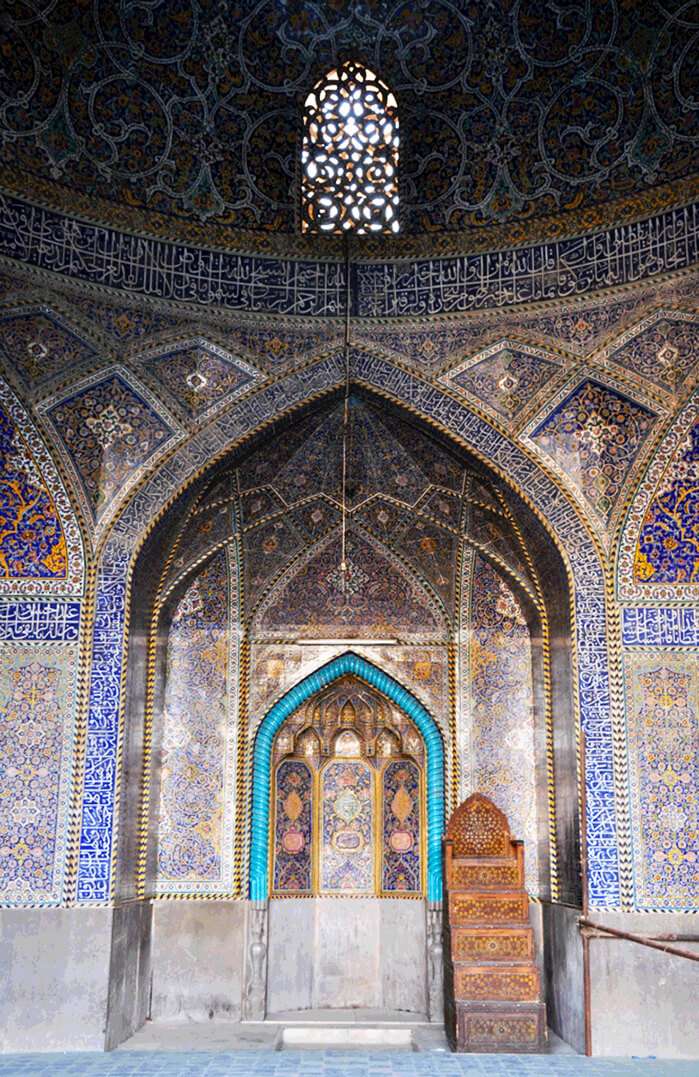
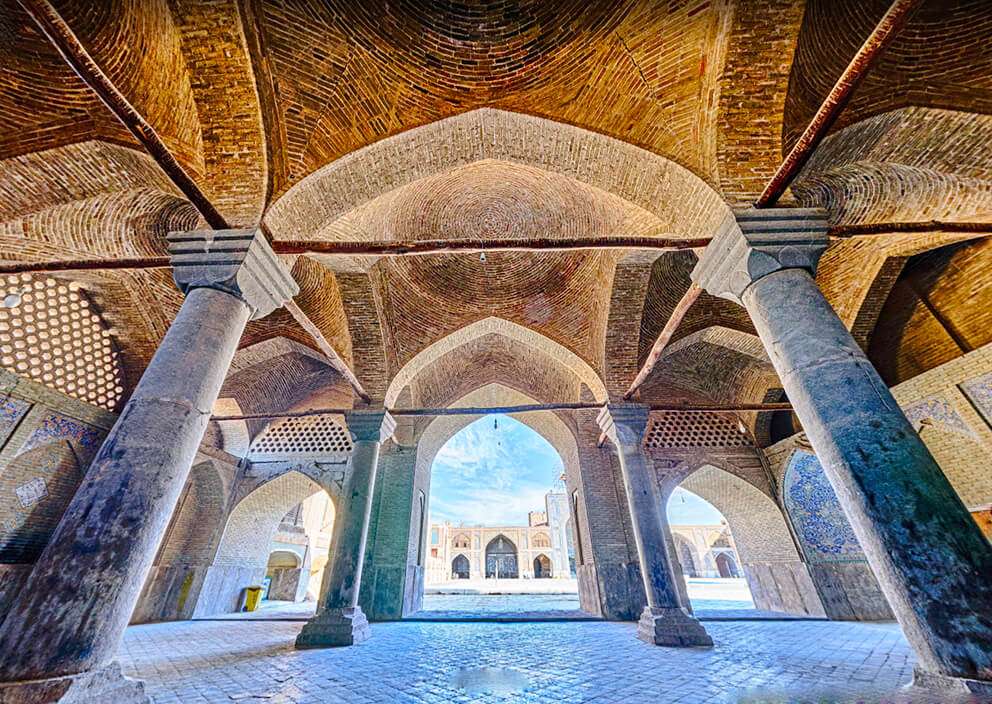
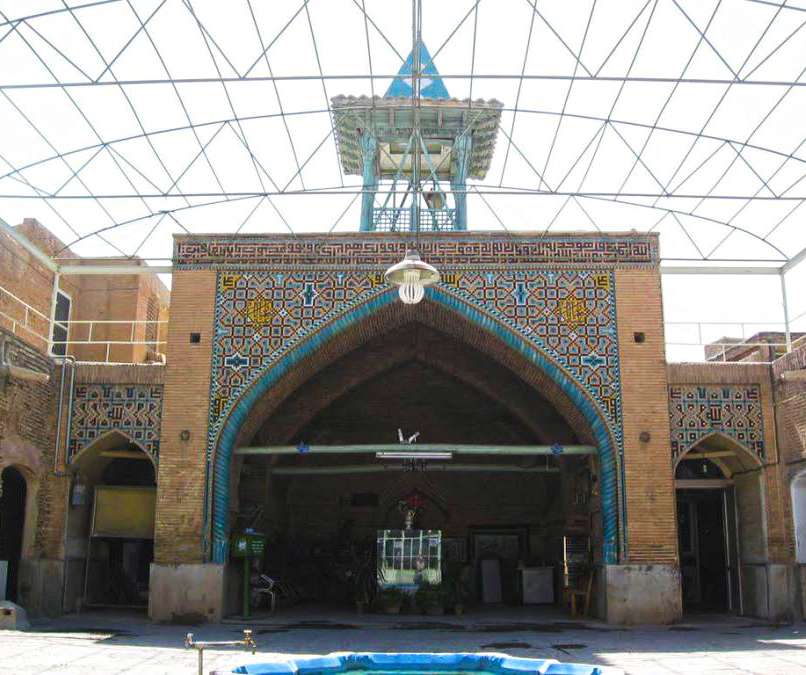
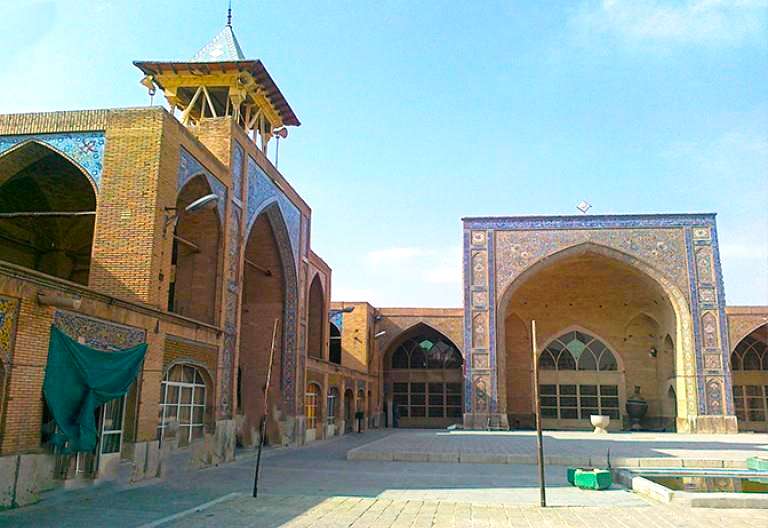
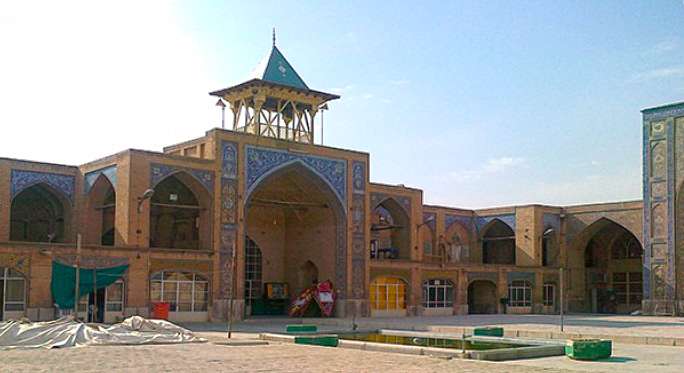
.jpeg)
.jpeg)
.jpeg)
.jpeg)
